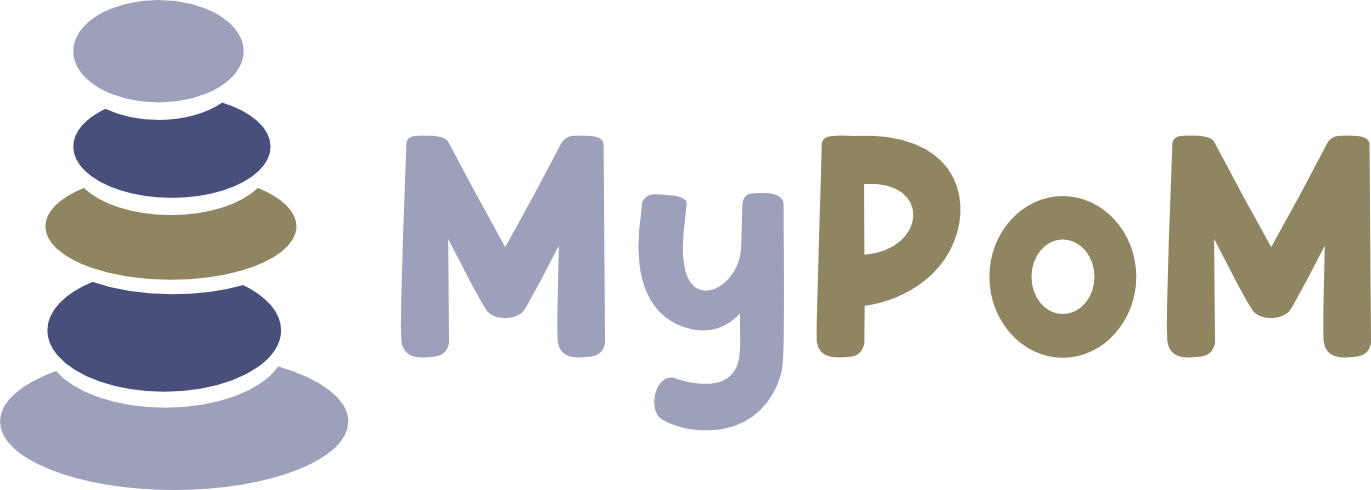Written by Brabners LLP
Umbrella companies must remain vigilant to the risk that they may be engaging contractors who are victims of modern slavery, as demonstrated by two recently reported cases.
Firstly, on 29 April 2022 the UK’s Independent Anti-Slavery Commissioner published a new report: Operation Cardinas and beyond: Addressing exploitation risk in the construction sector.
Operation Cardinas
Operation Cardinas was a high-profile police investigation into a Romanian organised crime group (OCG) that infiltrated the supply chains of major construction projects across London and the southeast between 2009 and 2018.
The OCG placed an estimated 300 to 500 Romanian victims onto construction projects between 2009 and 2018. Locations ranged from prestigious developments in the capital to regional housing schemes. The Metropolitan Police identified at least 33 companies, including contractors, agencies and umbrella companies, that had unknowingly been paying into bank accounts controlled by the OCG.
One company’s involvement in Operation Cardinas is detailed within the report. The company is a subcontractor operating in London and the southeast, typically involved with between 40 and 50 live projects at any time. Their involvement began when the police contacted the payroll department asking for details of two workers who had been identified as possible victims of the OCG. A payroll investigation was subsequently carried out and it was discovered that a number of workers on different projects were linked to the same bank accounts. As a result, a further 10 potential victims of the OCG were identified within the subcontractor’s operations.
Conclusions of the Report
The report examines the criminal tactics used by the OCG, identifying opportunities that were missed by co-workers, site managers and payroll departments to spot the signs of slavery. The report highlights that many instances of money being paid into bank accounts shared by multiple workers were uncovered in the course of the operation, which had not been picked up as unusual by the payroll departments and companies paying into the accounts.
The report also identifies factors that drive the risk of exploitation in the construction industry, including:
- The high turnover of workers making it difficult to process and monitor individuals.
- The sector’s heavy reliance on temporary and migrant labour.
- The complex network of subcontractors and labour agencies, resulting in poor visibility of worker conditions at lower levels of supply chains.
- The chronic skills shortage in the sector and a loss of workers from the European Union post pandemic and Brexit.
Exploitation in the Healthcare Industry
Recent studies show that the healthcare industry lost anywhere between 20% to 30% of its workforce over 2020 and 2021, largely as a combined result of Brexit and the Covid-19 pandemic, and the prolonged candidate shortage in the healthcare sector is set to continue through 2022 and beyond.
On 6 May 2022, Staffing Industry Analysts (SIA) reported that the Gangmasters and Labour Abuse Authority (GLAA) had arrested suspects as part of an investigation into suspected modern slavery offences committed by a recruitment agency in the healthcare sector. The suspects have been questioned on suspicion of forced labour and human trafficking offences under the Modern Slavery Act 2015 and accused of supplying vulnerable students to care homes in North Wales. A total of 14 Indian nationals on student visas have been identified as being potential victims.
The GLAA acted on information provided to the Modern Slavery and Exploitation Helpline indicating that the care home workers (ie. the temporary workers supplied by the agency) were turning up to their shifts tired, with poor hygiene. Care home professionals also raised concerns about the quality of care that the workers supplied by this agency were providing to the service users.
How can umbrella companies help to identify and eradicate modern slavery in the supply chain?
As evidenced by the GLAA case above, there are some potential indicators of exploitation of workers, including workers attending site looking dishevelled or unclean, wearing the same clothes or being dropped off and picked up by the same person every shift or at unusual times (e.g early before everyone else gets there). Although umbrella companies generally lack physical visibility of workers, by working together with recruitment agencies and hirers, there are several ways in which modern slavery in the supply chain can be identified and prevented:
- Conduct robust due diligence when establishing relationships with agencies. Establish in particular that the VAT number being used is legitimate and ensure that the organisation has never been convicted of offences relating to modern slavery.
- Conduct regular checks into agencies which you have ongoing relationships with to ensure that they are continuing to comply with relevant legislation and preventative measures to combat modern slavery.
- Ensure that each individual on the payroll is being paid into a separate bank account and that the name on the account matches the name of the worker.
- Provide training for staff in identifying the signs of modern slavery and human trafficking, and what steps should be taken if exploitation is suspected.
- Share data and intelligence through the supply chain, particularly where suspicious activities have been detected.
The Modern Slavery and Exploitation Helpline can be contacted on 08000 121 700. The helpline is confidential and available 24 hours per day, providing information, advice and guidance about any modern slavery issues to businesses, statutory agencies and the public.
This bulletin is for general guidance purposes only and should not be used for any other purpose.
Brabners is a Limited Liability Partnership

